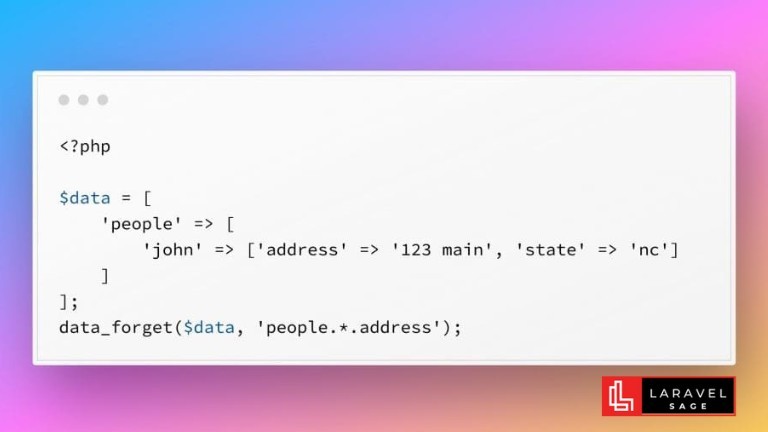
data_forget Helper for Laravel
Since Laravel version 10.15, there is a new utility function called data_forget that allows you to remove keys from an array or object using a "dot" notation.
4 min read
Tags:

When you embark on your Laravel development journey, one of the primary decisions you'll make is selecting a web server for laravel performance that will support its features and functionalities. One of the most popular PHP frameworks, Laravel, requires an environment optimized for its features and functionalities. To help you decide which server will work best with Laravel, this article pits three heavyweights against each other: Nginx, LiteSpeed, and Apache.
Understanding Web Servers
Nginx: The High-Performance Contender
LiteSpeed: Speed Meets Ease
Apache: The Old Reliable
What Laravel Really Needs
Conclusion
Let's review the role of web servers before we dive in. Web servers store, process, and serve web pages. When it comes to a robust framework like Laravel, the efficiency of the server impacts website speed, security, and performance, so choosing the right one is crucial.
The event-driven architecture ensures multiple connections can be handled simultaneously.
Provides powerful and granular configuration options.
Provides robust security features, including customizable error pages and attack protection.
Configuration might seem complex to beginners or those transitioning from Apache.
Nginx does not support .htaccess files natively, which can be problematic for those transitioning from Apache or requiring granular control at the directory level.
In Laravel, setting up rewrite rules (important for SEO-friendly URLs) can be more challenging than in Apache.
For certain tasks, like processing PHP, Nginx relies on external tools (e.g., PHP-FPM), making setup more difficult.
For Laravel
Its ability to handle static and dynamic content with equal prowess makes Nginx an ideal environment for Laravel applications. With proper caching strategies in place, Nginx can drastically reduce the response times of Laravel apps.
Particularly with the commercial version, the performance boost is noticeable.
While not as granular as Nginx, it offers a balanced configuration system that's easy to use.
Laravel apps can be supercharged by LiteSpeed's caching mechanisms.
While OpenLiteSpeed is free, the premium version (with more features) has a licensing fee.
In comparison to Apache and Nginx, the LiteSpeed community is smaller, which may lead to fewer third-party resources or solutions.
Compatibility of Apache modules with LiteSpeed: Not all Apache modules are compatible with LiteSpeed, which can pose challenges for your Laravel setup.
LiteSpeed can consume more resources than Nginx at peak times, especially when dealing with spikes in traffic.
For Laravel:
Laravel applications can benefit from LiteSpeed's out-of-the-box caching capabilities, especially when you want optimal performance without diving deep into server configurations.
Apache's .htaccess allows easy configuration per directory.
Support: It's been around for ages, ensuring a large community and extensive documentation.
With Apache's mod_php, PHP-based applications such as Laravel are seamlessly integrated.
Apache's process-based model can be resource-intensive under heavy traffic, potentially slowing down Laravel applications.
Continuously reading .htaccess files in every directory can introduce overhead, affecting performance.
Out-of-the-box Apache may not be optimized for best performance. Tweaking is often needed to obtain the best performance.
When serving multiple requests simultaneously, Apache consumes more memory than Nginx.
For Laravel:
The presence of mod_php makes PHP execution efficient, ensuring Laravel works effectively. Despite Apache not being the fastest out of the box, with the right optimizations, it can offer a stable and reliable environment for Laravel.
A web server is an important consideration, but Laravel's performance is multifaceted:
Set up PHP-FPM (FastCGI Process Manager), which offers enhanced performance for PHP applications.
Utilize Laravel's built-in Eloquent ORM for efficient database interactions and optimize your database queries regularly.
Use Laravel's caching features to store frequently accessed data, which reduces processing time regardless of the server.
To serve static content to global users faster, use a content delivery network (CDN).
Laravel's ideal web server depends on your priorities:
If you're looking for high performance and are ready to learn, then Nginx is for you.
For those willing to invest a bit for speed and ease, LiteSpeed shines.
For those who prefer familiarity and reliability, Apache stands out for its versatility and community support.
To get the most out of Laravel, make sure you optimize all layers of your application stack!

Full-stack developer with a knack for Merging creativity with technical expertise for standout solutions.

Since Laravel version 10.15, there is a new utility function called data_forget that allows you to remove keys from an array or object using a "dot" notation.

The ChatGPT Laravel API Package Generator package for Laravel generates smart API mocks in Laravel using ChatGPT prompts:
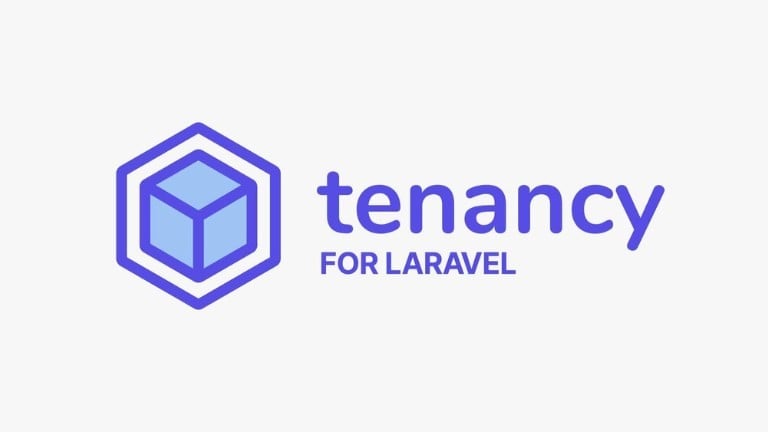
You can make your Laravel app multi-tenant using the Tenancy for Laravel Tenant package. This tenancy package lets you make any Laravel application multi-tenant without rewriting it.
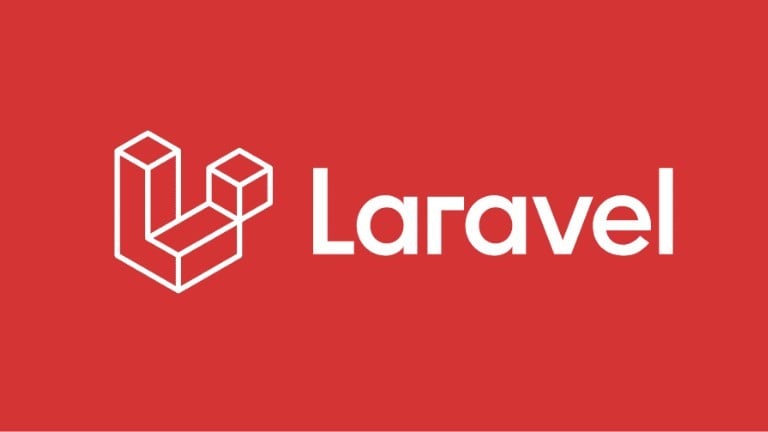
Are you ready to take your Laravel skills to the next level and build extraordinary applications? Look no further! In this blog post, we will unveil a treasure trove of top packages that will revolutionize your development process.
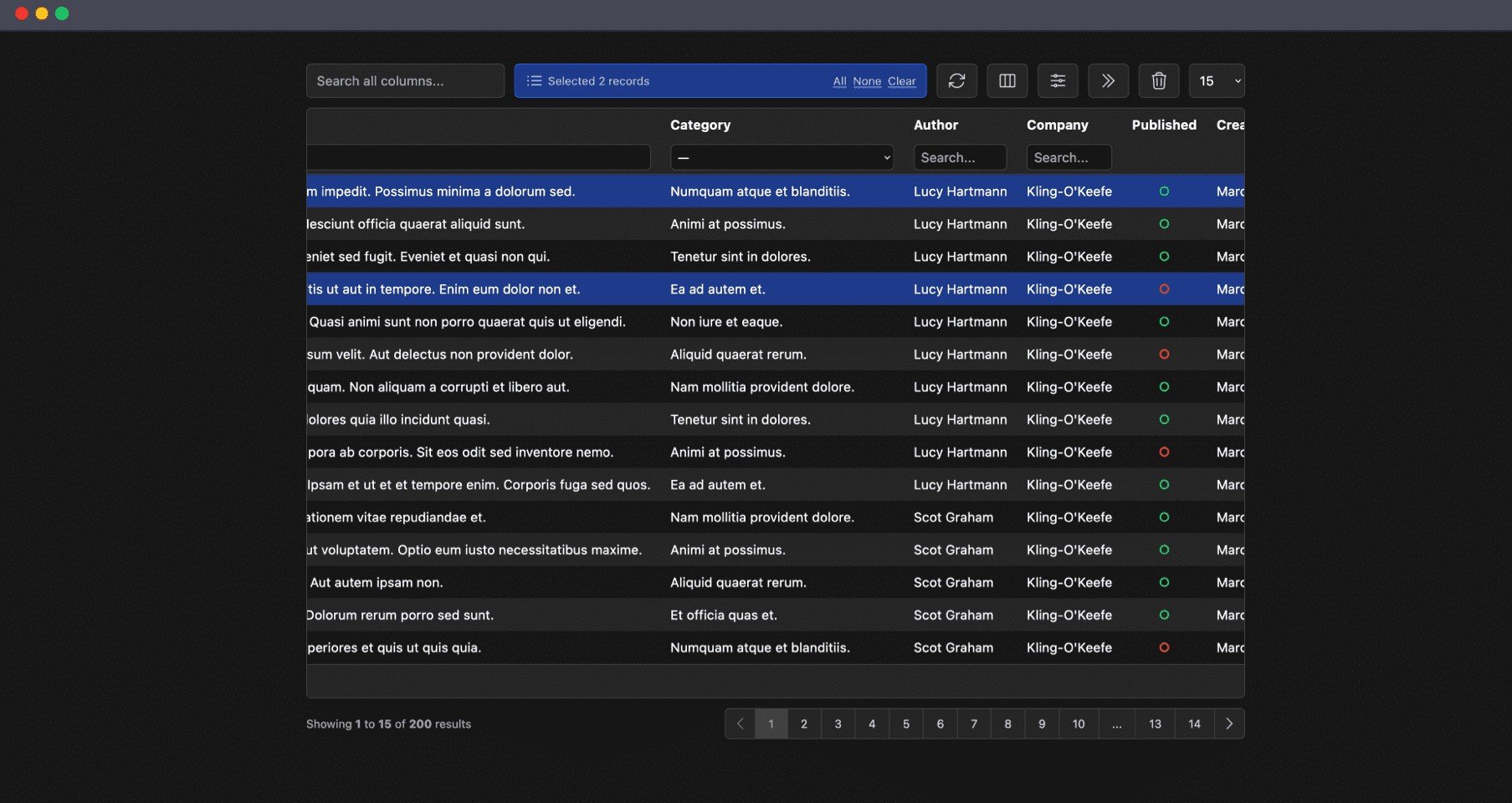
The Livewire Tables package brings dynamic tables for models to Laravel Livewire. These are some of the features which you will get out of the box:
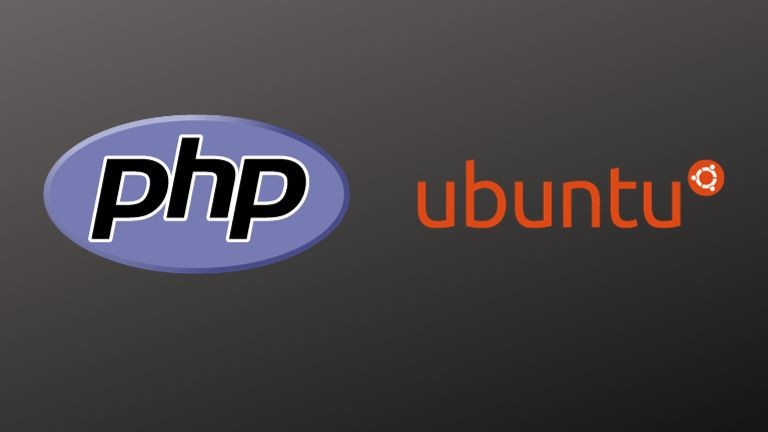
ImageMagick is a powerful tool for image manipulation, and integrating it with PHP can enhance your web development projects.
Subscribe for 20+ new Laravel tutorials every week
You can unsubscribe at any time. You'll also get -20% off my courses!